![]()
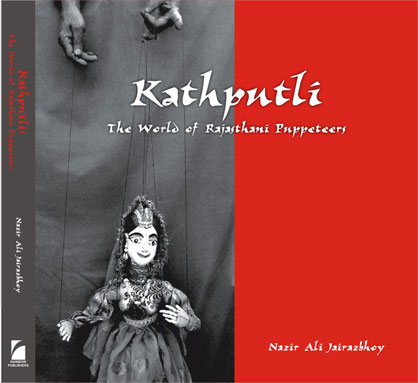 |
Kathputli: The world of rajasthani puppeteers
|
|
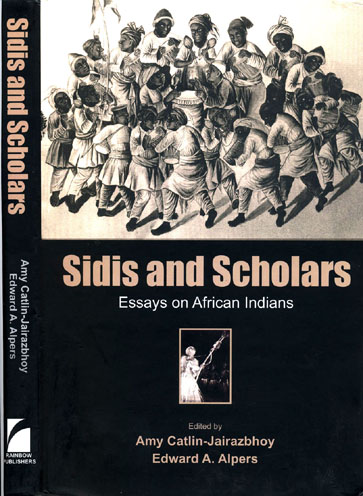 |
Sidis and Scholars: Essays on African IndiansAmy Catlin-Jairazbhoy and Edward A. Alpers, editors
This book details aspects of African Indian history, communities, music, and religion, from the disciplines of history, anthropology, archaeology, art history, religious studies, and ethnomusicology. MORE |
|
 |
The Rags of North Indian Music: Their Structure and Evolutionby Nazir Ali Jairazbhoy
This book explores important features of Indian classical modes: the structure of melody, the effect of the drone, ornamentation and intonation, the function of accidentals and the perception of symmetries. MORE |
|
 |
Hi-Tech Shiva and Other Apocryphal Stories: An Academic Allegoryby Nazir Ali JairazbhoyThe Hindu Gods and Goddesses conduct fieldwork on Earthculture, trying to determine what went wrong with their creation before it must be destroyed. In Hi-Tech Shiva they are actually Western scholars disguised as heavenly researchers using state-of-the art documentary techniques and technologies. Data collected from courtesans and swamis is presented at soirées lead to hearings in the Heavenly Assembly when even the highly respected Viswanathan, the creator of the universe, finds himself under the gavel of the portly judge, Lord Ganesha. Squabbles over methodology and ethics lead accusations to fly and much of the action parodies academia, exposing the foibles and fallacies of university politics, culminating in a unique vision of entropy. MORE |
|
 |
Khmer Classical Dance Songbook
|
|
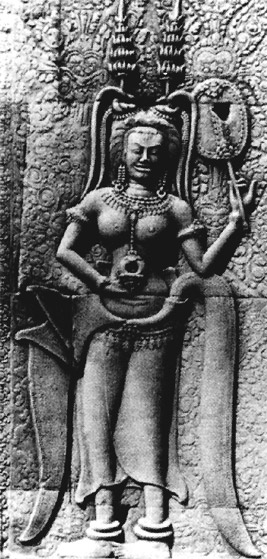 |
Apsara: The Feminine in Cambodian Art
|
|
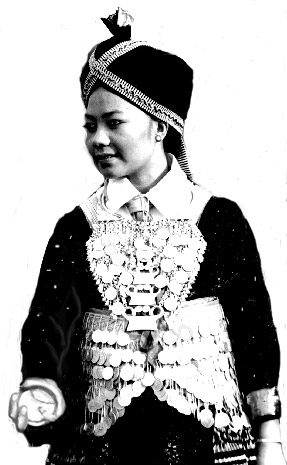 |
Textiles as Texts: Arts of Hmong Women from LaosBook by Amy Catlin and Dixie Swift
Ten oral histories and three essays. MORE |
|
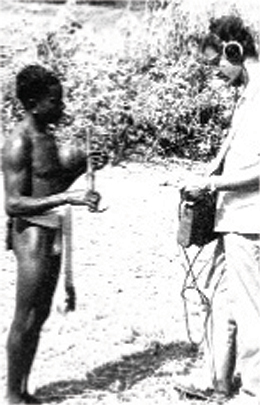 |
A Musical Journey through India 1963-1964by Nazir Ali JairazbhoyThis publication, which features tribal, folk, devotional, and classical musics of 8 Indian states, consists of 3 cassettes based on ten twenty-minute talks by Dr. Jairazbhoy broadcast on the BBC in 1969. The cassettes contain narration and musical examples and the accompanying booklet presents the spoken text, additional musical information, a map, 41 photographs of musicians and instruments, and two indexes. Tape 3 Side 2 offers supplementary musical examples not heard in the talks themselves. MORE |
